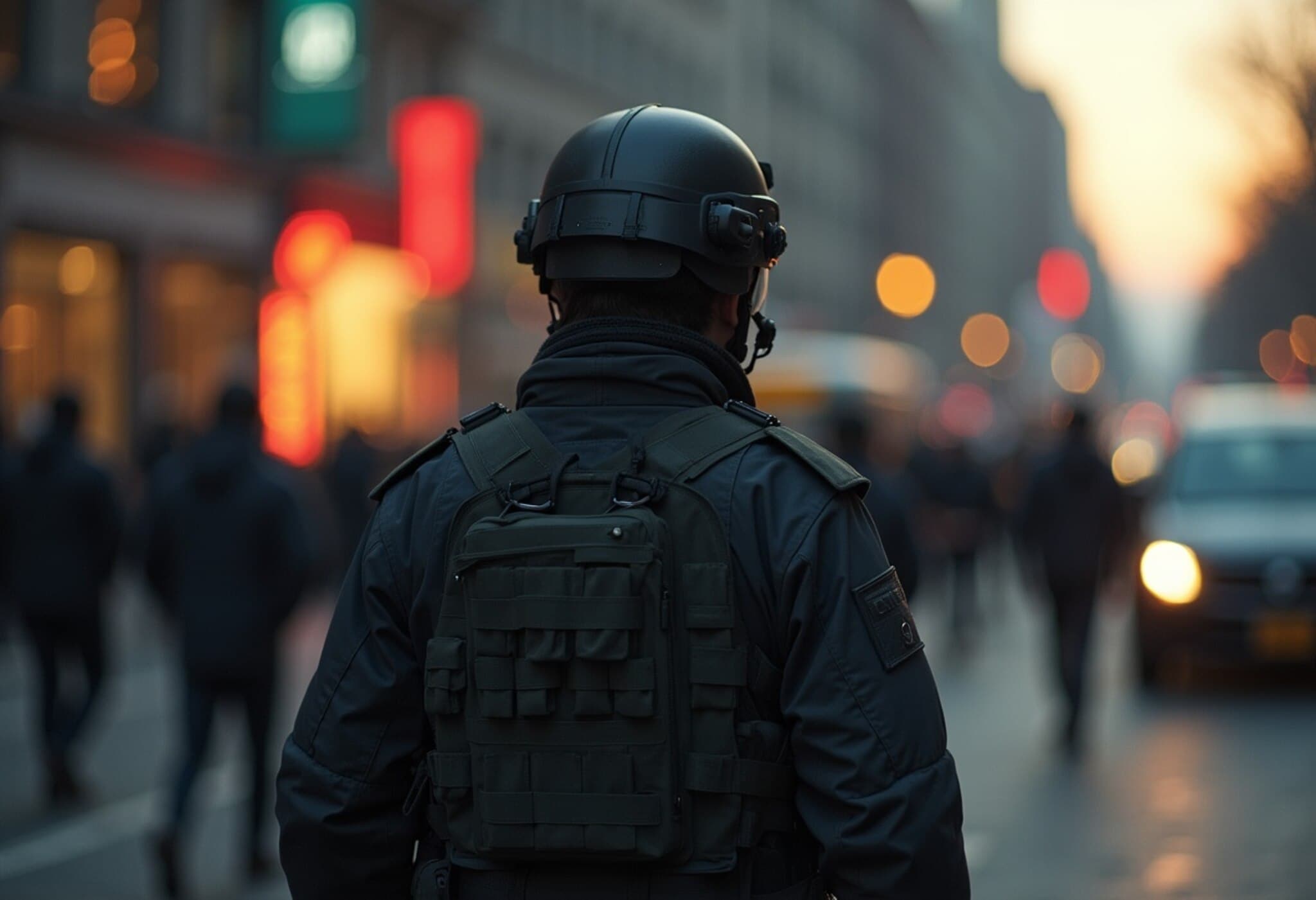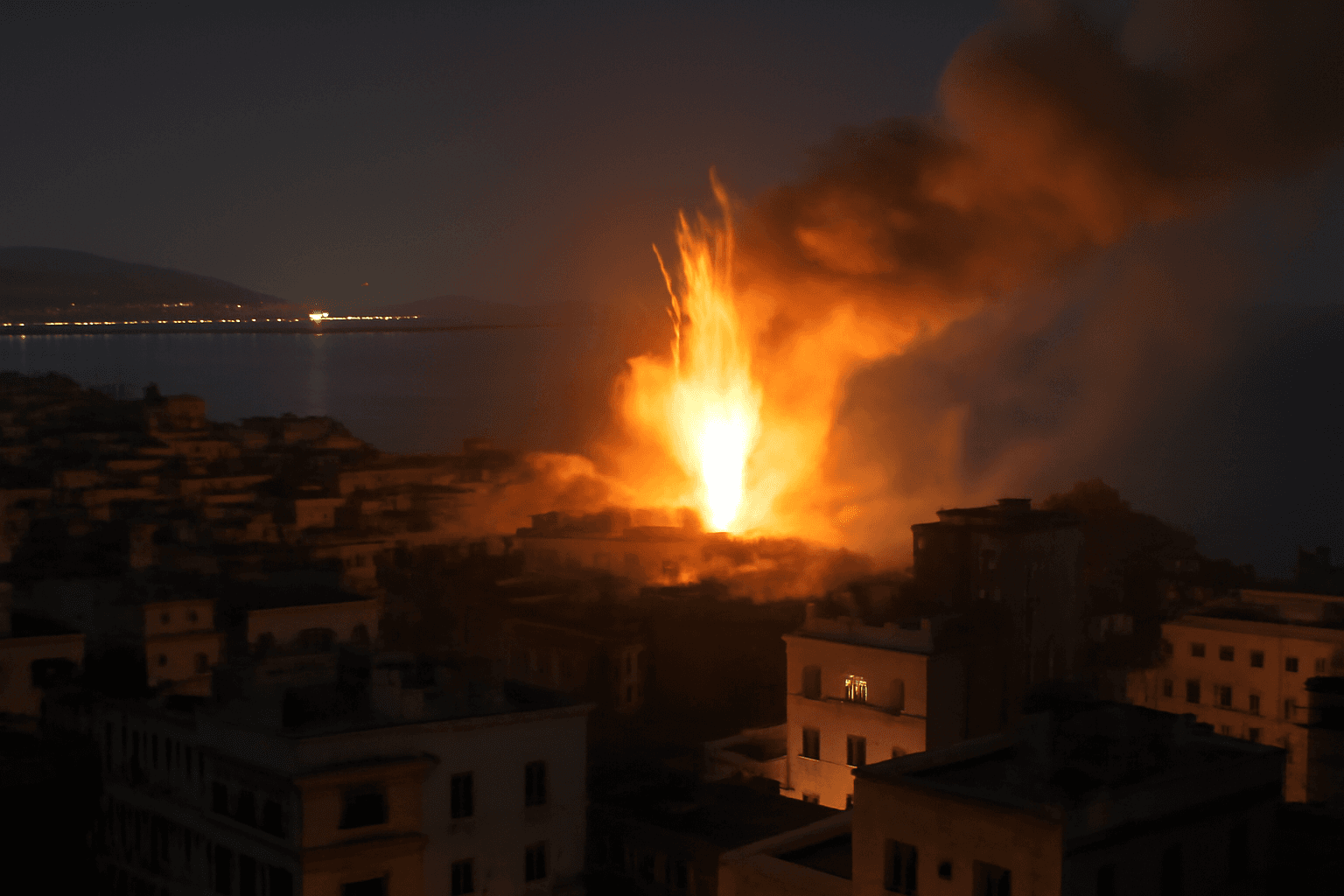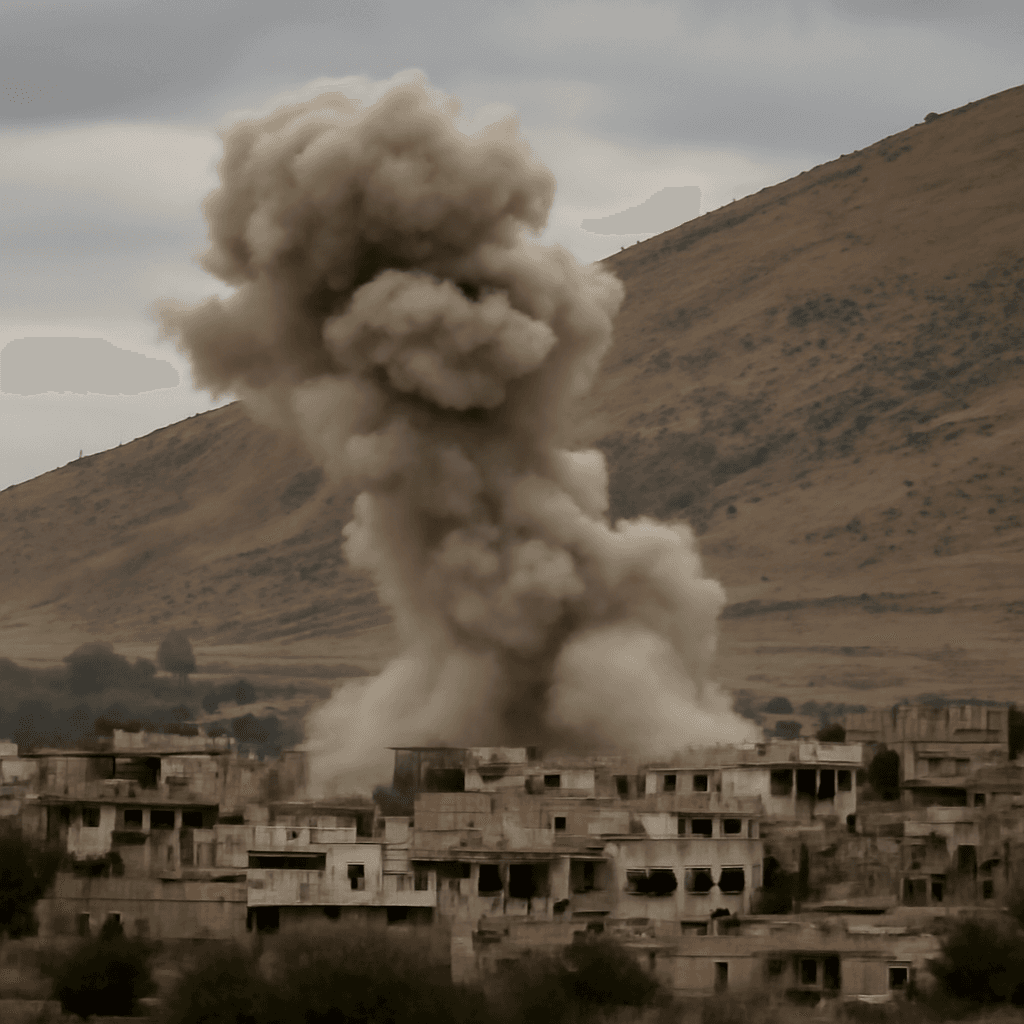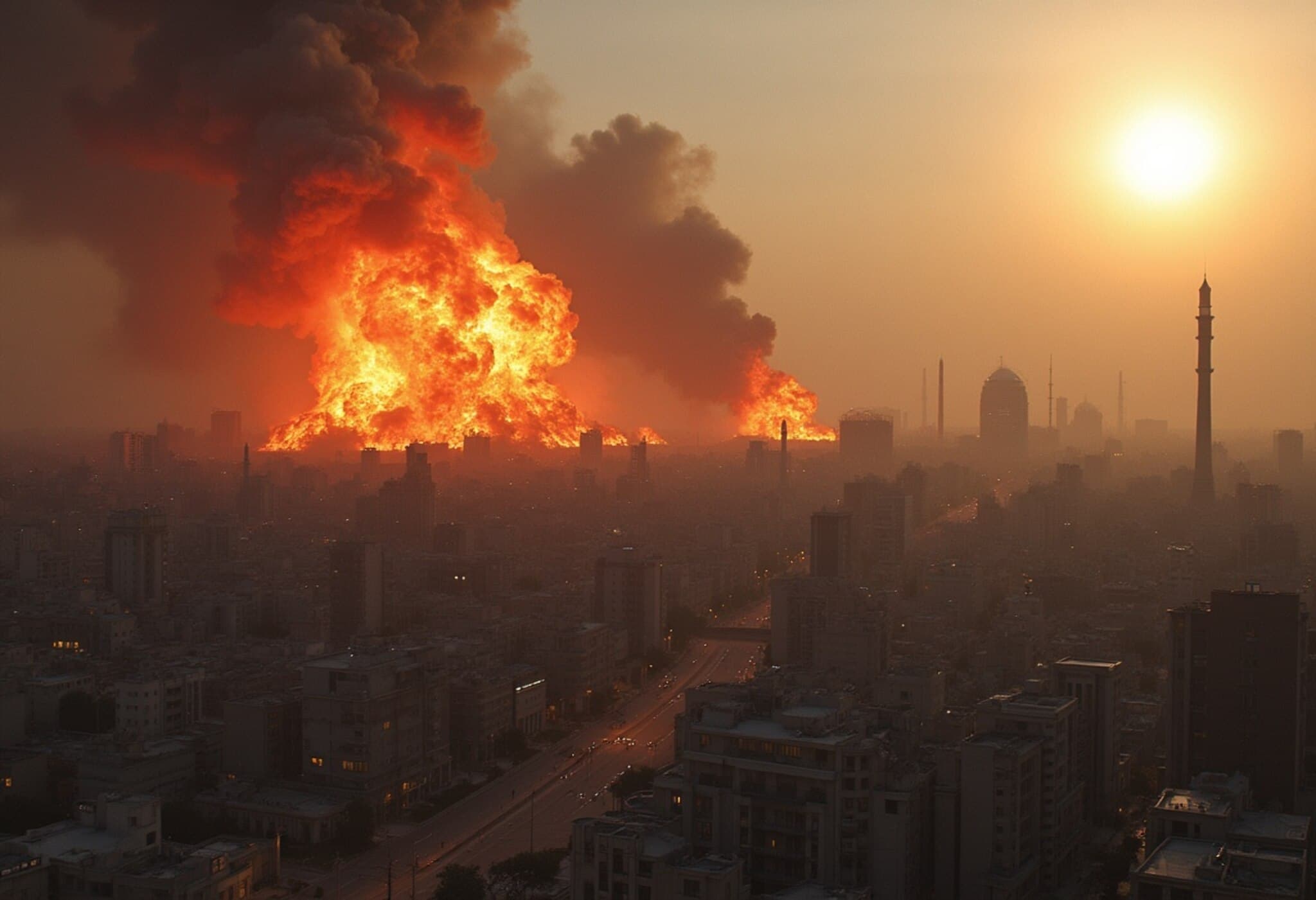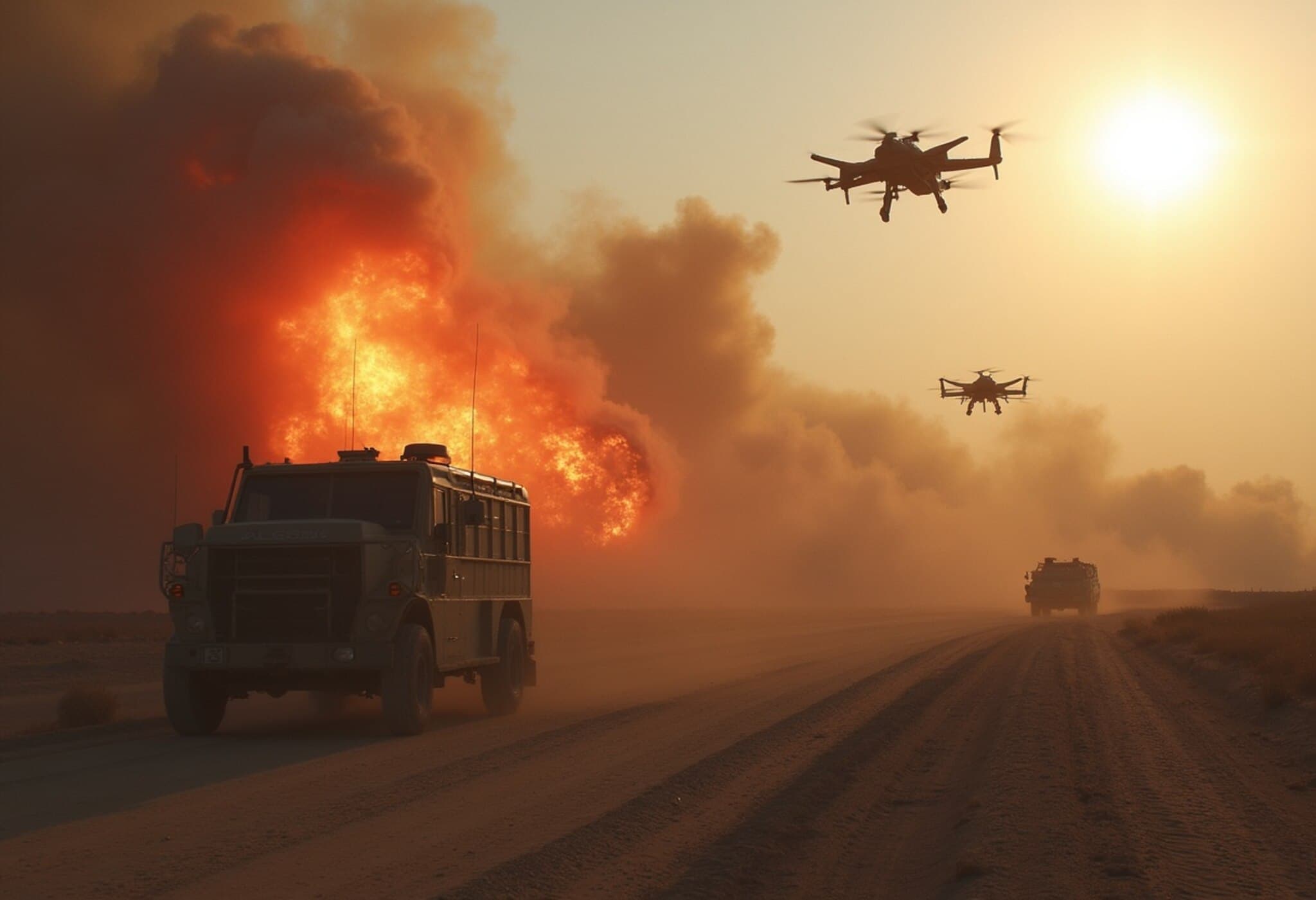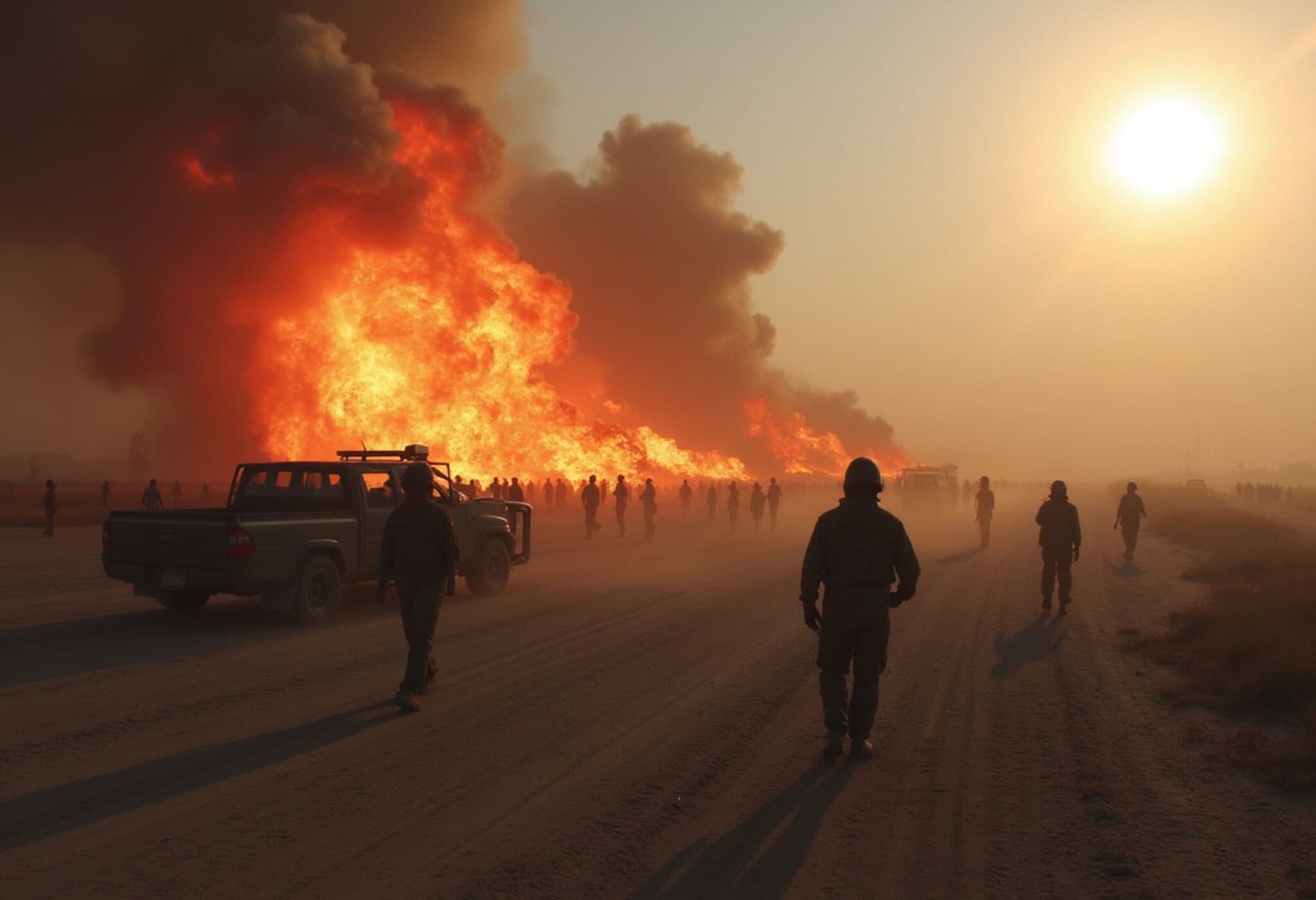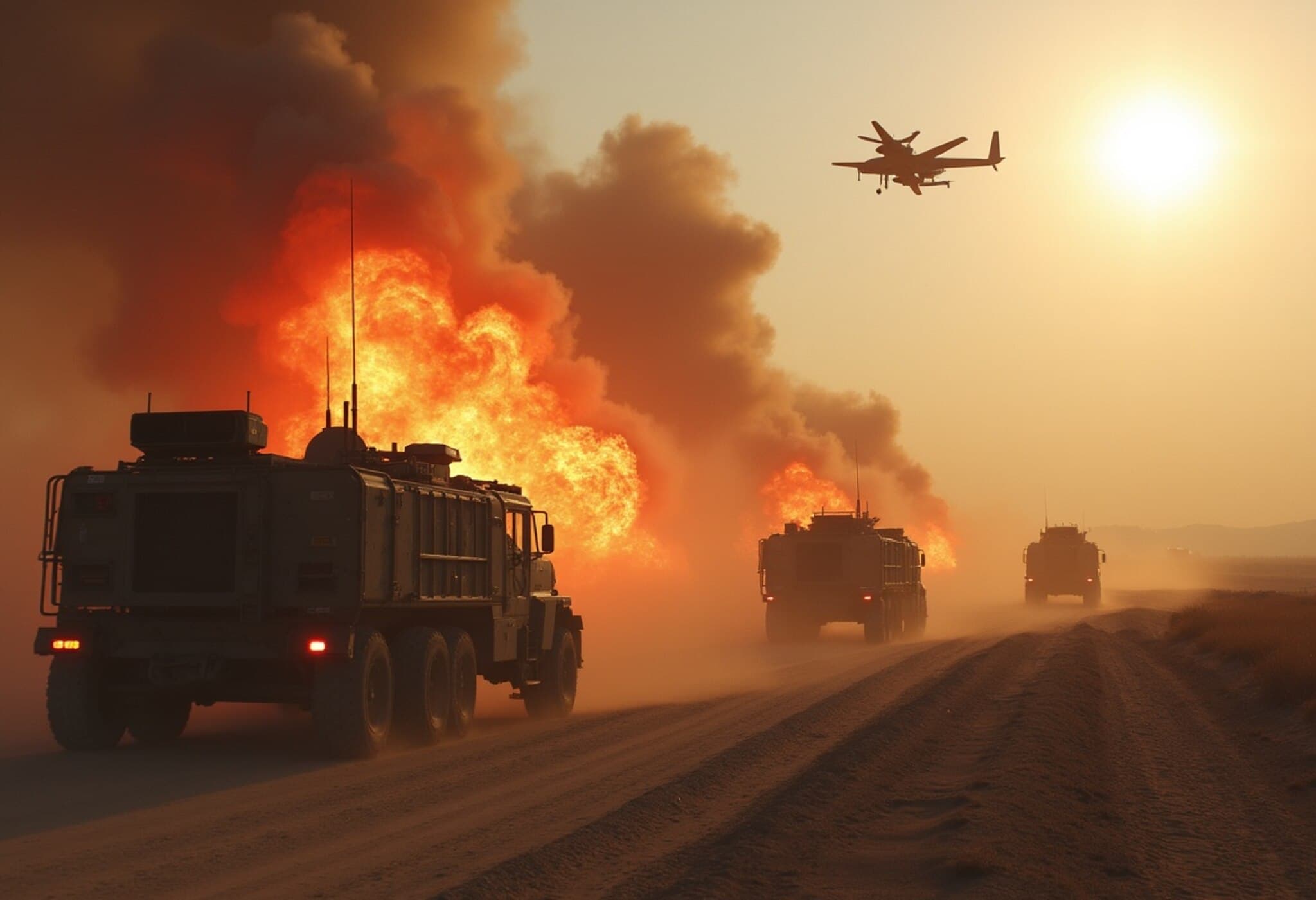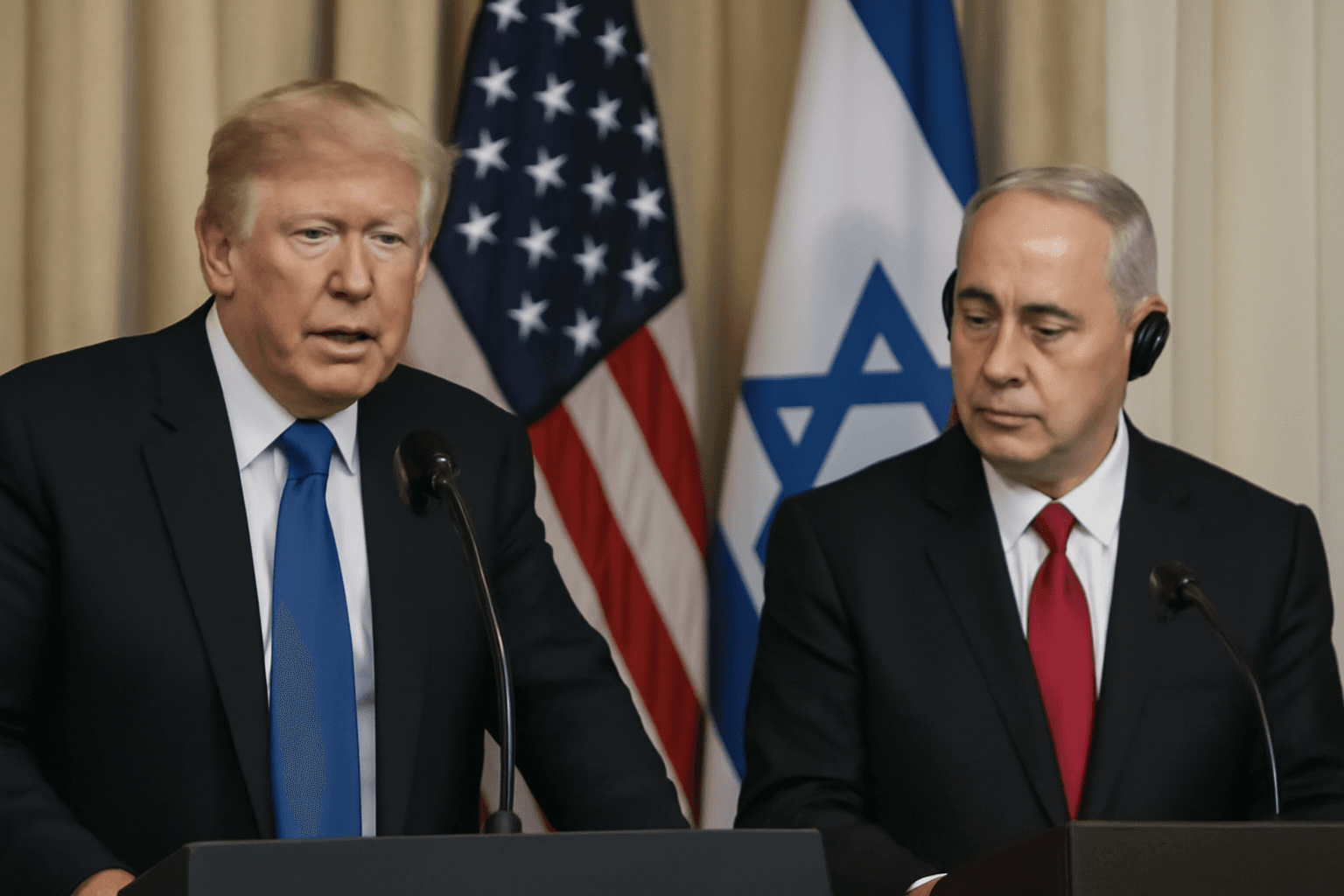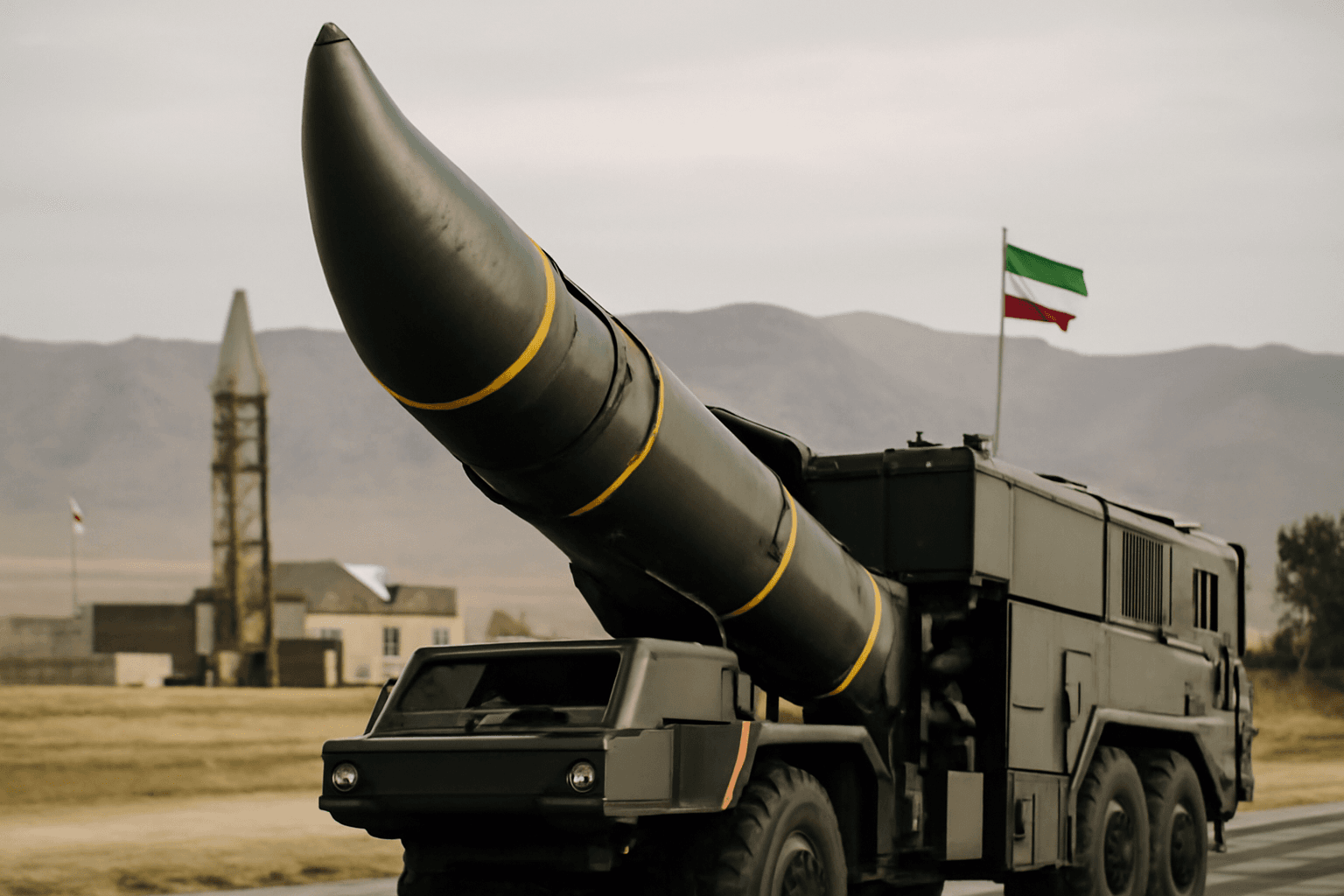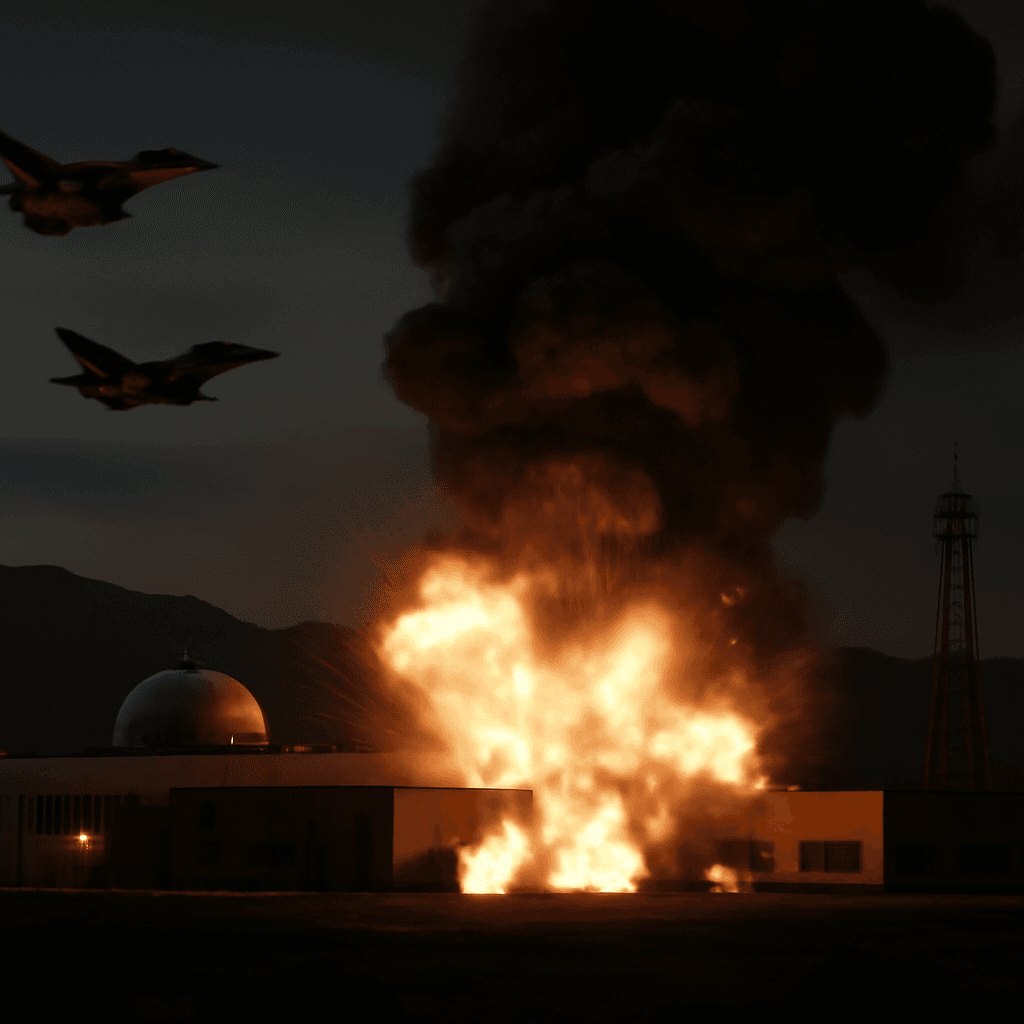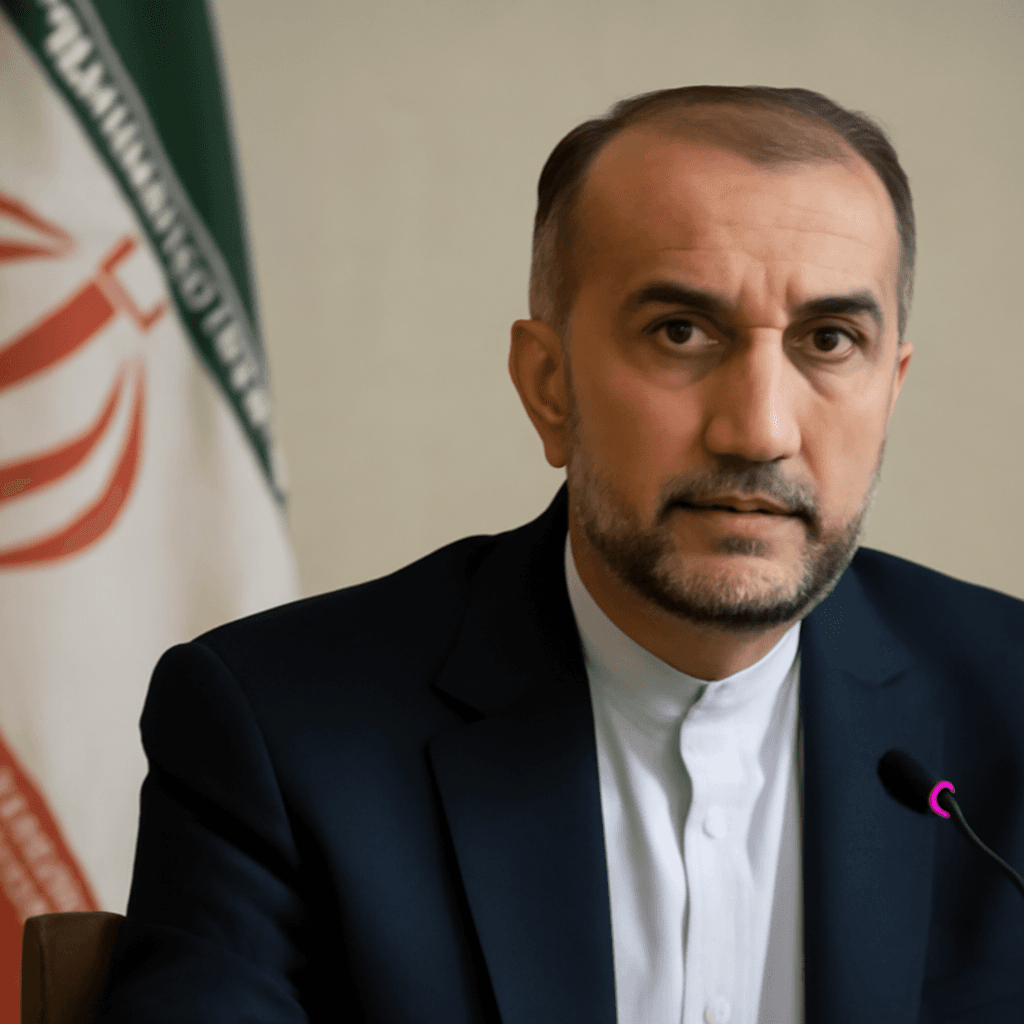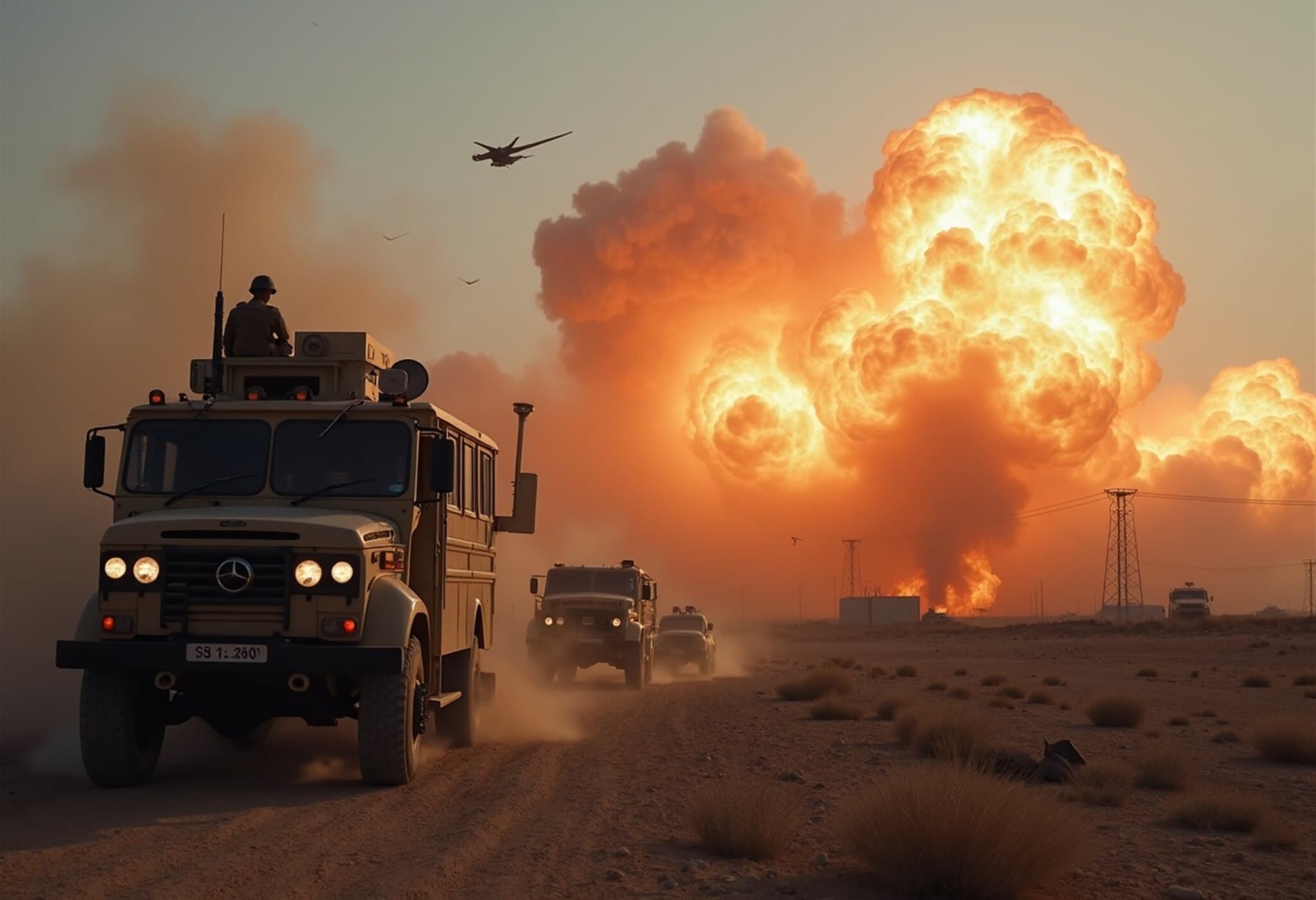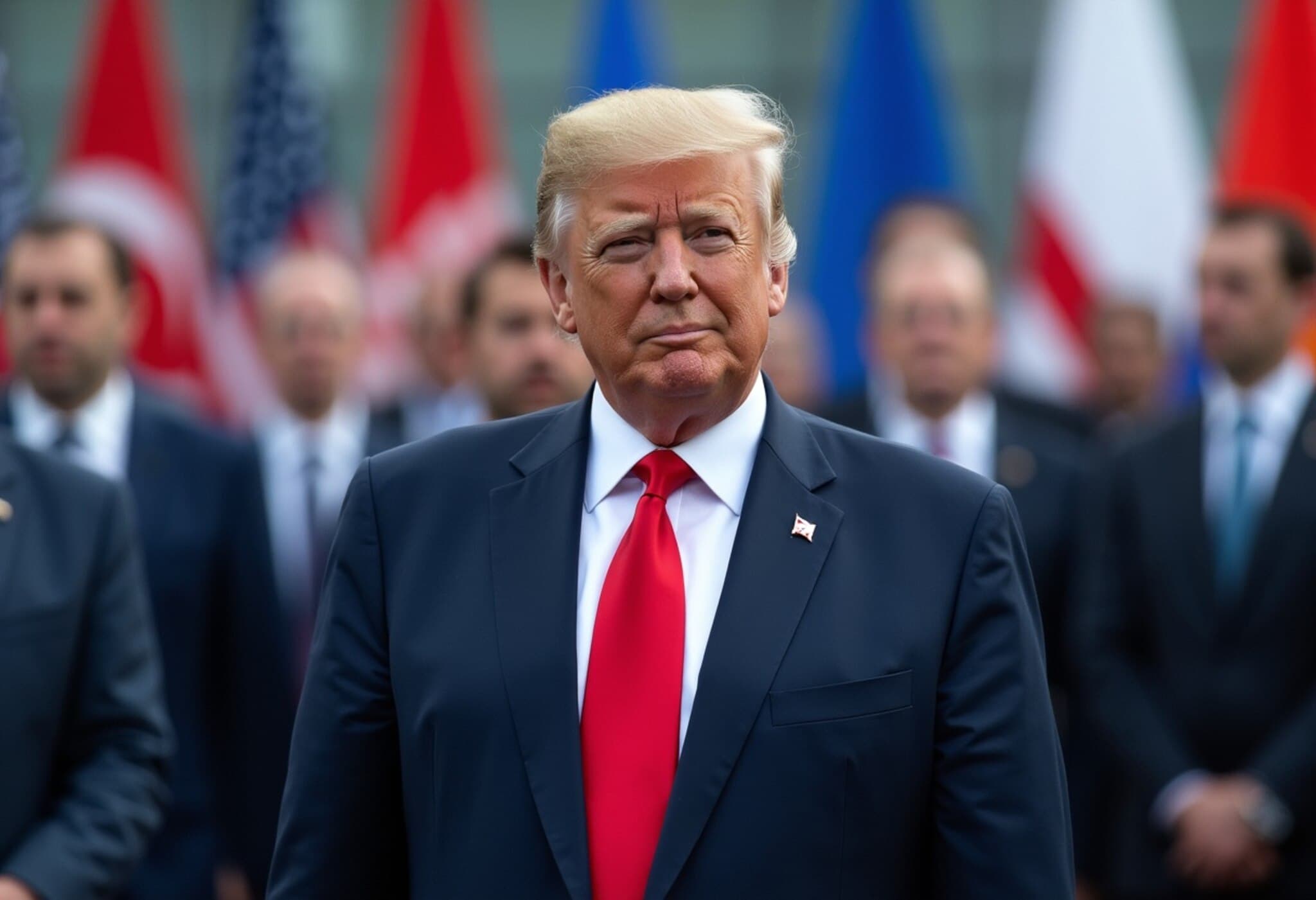Understanding the US Alert After Iran’s Nuclear Site Strikes
The recent US airstrikes targeting Iran’s key nuclear sites at Fordow, Natanz, and Isfahan have sharply intensified tensions in the region. These coordinated attacks, part of a joint effort with Israel whose campaign against Iran began earlier this month, have prompted Tehran to issue a grave warning: the activation of sleeper cells inside the United States.
What Exactly Are Sleeper Cells?
Sleeper cells are covert operatives who quietly live within a country, blending seamlessly into society while awaiting orders to carry out potentially violent or subversive acts. They often hold regular jobs and avoid detection, making them difficult to identify. Once activated, these operatives might conduct attacks, espionage, or sabotage against their host nation.
Experts note that Iran possesses a sophisticated intelligence network capable of running such clandestine operations. The key question remains: how many sleeper agents are embedded within the US? The answer is uncertain, raising serious security concerns.
Heightened Security Measures within the US
In response to Iran’s threat, US agencies like the FBI and Department of Homeland Security have ramped up surveillance efforts targeting suspected Iranian operatives and allied groups such as Hezbollah. These steps follow longstanding mistrust, especially since Iran-backed plots in previous years aimed at prominent US figures.
Notably, over 1,200 Iranian nationals reportedly entered the US during a prior administration, stirring worries that some could be linked to sleeper networks. Analysts warn that lapses in border security may have allowed individuals with hostile intentions to slip through, complicating counterintelligence efforts.
Potential Targets and Known Plots
- High-profile critics of the Iranian regime, including former US National Security Adviser John Bolton.
- Iranian-American journalists known for opposition to Iran’s government.
Previous charges were brought against individuals accused of plotting attacks on such persons, underscoring credible threats over the years.
The Current Threat Environment
The National Terrorism Advisory System has issued a bulletin highlighting a “heightened threat environment” following the strikes. Although no specific plot has been uncovered, the risk of retaliatory violence within the US is considered elevated if Iran pushes its warnings into action.
Former officials emphasize the challenges posed by incomplete vetting processes and intelligence gaps, which may hamper timely detection of hostile sleeper cells. The FBI's intensified monitoring reflects the urgency to counter these risks before they escalate.
Broader Context: Iran, Israel, and US Military Actions
These strikes mark a significant escalation in the ongoing conflict, with the US directly joining Israeli efforts to dismantle Iran’s nuclear capabilities. Iran condemned the attacks as “unforgivable” and vowed retaliation, heightening fears of spillover violence.
US leaders have responded firmly, warning any Iranian aggression against the US would invite severe consequences. Meanwhile, Israeli leadership expresses readiness to dismantle Iran’s nuclear and missile infrastructure entirely.
The Historical Role of Sleeper Cells
Concerns about sleeper cells are not new. Post-9/11 intelligence focus included identifying hidden operatives within US borders. Although the 9/11 attackers were not long-term sleepers, the attack highlighted the catastrophic potential of covert planning.
Iran has a history of leveraging such cells for overseas operations, making vigilance critical. The invisible nature of sleeper agents—indistinguishable from average civilians—adds layers of difficulty to detection and prevention.
Conclusion
With tensions soaring, the US remains on edge over the possibility of sleeper cells activating inside its borders in response to recent military strikes on Iran’s nuclear facilities. The combination of sophisticated intelligence threats, existing vulnerabilities in border security, and evolving geopolitical conflict underscores why security agencies are doubling down on preventive measures.
As these developments unfold, the stakes remain high—not only for US security but for regional and global stability.

